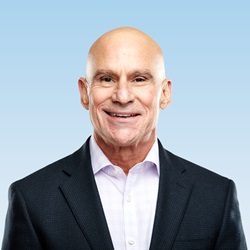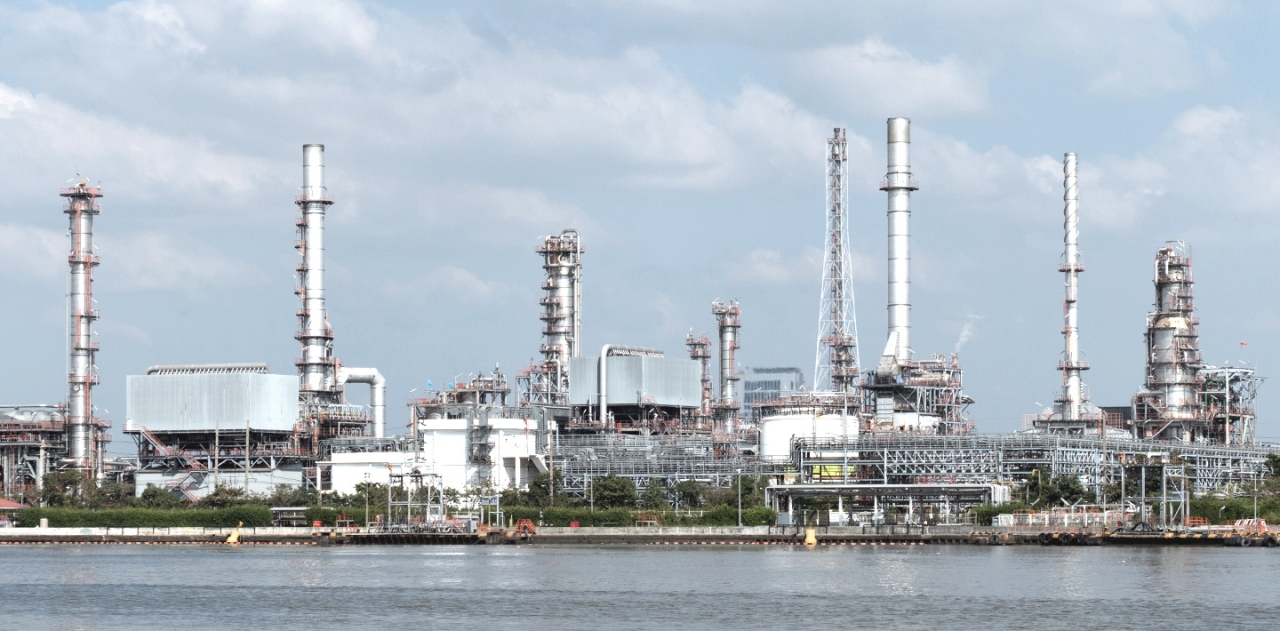Environment Business Observations With WSP USA's Dennis Papilion, Part 2
In the second part of his question-and-answer session, WSP’s Earth and Environment leader looks at remediation regulations, wind and solar opportunities and more.
Published 05-31-22
Submitted by WSP

Dennis Papilion, the new president of WSP USA’s Earth & Environment (E&E) business, continues his observations about current trends in the environmental segments and WSP’s growing sophistication as it serves clients and protects public health and natural resources.
Click here for part one of this question-and-answer session.
7. How do you see environmental site remediation (soil, groundwater etc.) regulatory drivers changing, and how are regulated parties and consulting firms responding?
The federal, state and local governance that regulate groundwater remediation and reuse, used to require cleaning the contaminated water to meet sanitary sewer standards. Because of water conservation, reclamation, and reuse demands, there has been a transition for companies with groundwater contamination to meet drinking water standards for their discharge to natural water systems and municipal water management agencies.
So, the technologies for treating groundwater have advanced immensely. We have been doing water projects for the mining sector in which this new standard has required clients to treat water from tailings and wastes to meet drinking water standards before they’re discharged into streams and other water bodies.
8. Concerning the impacts of a changing climate and the findings of the just released 6th IPCC Report, where do environmental professionals need to be focusing now?
The report reflects the pace of change and the increasing attention to the climate crisis. Since bringing Climate Finance Advisors (CFA) on board, WSP has an even stronger offering around climate-related financial risk and advisory services. I spoke with CFA’s Stacy Swann for about 30 minutes last month, and I learned so much I felt like I could have spent 30 hours with her. We have really set ourselves up to be a force in support of financial players in this huge transition.
Additionally, there’s more pressure than ever in the energy space to reduce carbon and other greenhouse gases. We’re not going to stop pumping oil in the North Sea. In fact, there are new platforms being built and deployed today.
But change is occurring in how the oil is processed and managed on the platforms, how operations are optimized along the oil and gas value chain to reduce emissions, including greater use of clean energy and hydrogen.
9. Can you say more about the oil and gas industry and its environmental challenges?
We have a great deal of oil and gas infrastructure around the globe that must be re-designed to stay relevant and meet greenhouse gas reduction goals. There are a lot of opportunities at the refining stage to reduce waste and utilize waste byproducts. There are major onshore manufacturing facilities being built and planned in the Gulf of Mexico that WSP can provide support in infrastructure design, CM/PM, remediation, environmental permitting and compliance.
We’re also leveraging our expertise in mining—where we’ve done a lot of work on reclamation and management of tailings that can apply to design and restoration of pipelines design and construction. We can apply the same techniques for stream crossings, reclaiming them back to their natural state after pipeline construction. This is an example of where we draw on diverse expertise to help clients across industries.
We grew these capabilities significantly with our 2021 acquisition of Golder, which has tremendous capabilities in mining and industrial and commercial markets. Golder staff are now sharing their expertise and technologies across WSP to serve varied industries in a wide range of countries.
We’re also applying our expertise from the mining sector to help electric utility clients address their coal combustion residuals. The techniques we’re using are speeding up the process, reducing impacts to surrounding communities, and more efficiently moving to closure on CCR ponds. The expedited remediation also contributes to the clients’ ESG ratings.

10. Wind and solar are encountering more pushback because of impacts on habitats and indigenous people. What approaches do you advocate to mitigate these impacts, and what value does WSP offer in this space?
We need to think holistically about how to incorporate protection of habitats, and people, into these large-scale renewable energy projects.
As part of the environmental mitigations required for approval, it is critical that we incorporate specific habitat restoration measures tied to local-, region- and state-level habitat conservation efforts to support the funding and implementation of these critical projects. Our biodiversity, coastal restoration, climate, sustainability and resilience services all contribute to the research, assessment and implementation of renewable developments.
One significant opportunity lies in the rapidly expanding area of agrivoltaics. We are bringing together our energy and environmental experts to look at co-beneficial land use opportunities around solar developments, and to design habitats that enhance biodiversity and ecological uplift, and maximize the sustainability quotient of these projects.
I’m also very proud of the coastal tidal restoration and resilience work we are doing support habitat enhancement. Our Saw Mill Creek Restoration project—the first wetland mitigation bank of its kind in New York City—won a 2021 Business Achievement Award from Environmental Business Journal. Another, The Living Breakwaters project, was designed to reduce the risk of storm damage to Staten Island, New York by creating engineered living oyster reefs to attenuate waves and reduce shoreline erosion, provide habitat to the bay’s marine life ecosystem and rebuild local oyster populations.
The environmental justice impacts of renewable energy, coastal, urban and all projects to indigenous communities and other vulnerable populations, need to be mitigated through the planning, environmental assessment, permitting and design processes. Leveraging the advisory specialists in our Equity Center of Excellence, we are building these considerations into each project to better inform the development of equitable outcomes.
By partnering closely with clients and resource agencies, we can help mitigate impacts from these necessary projects, while assisting in developing the funding the programs required to restore and protect wetlands and other habitats.
[To subscribe to Insights, contact the editorial staff at insights@wsp.com.]

WSP
WSP
WSP is among the world's largest environmental, engineering, advisory and sustainability consulting firms, with more than 55,000 professionals worldwide. We design lasting solutions in the buildings, transportation, energy, water and environment markets, and develop equitable, ESG-centered strategies that help organizations and communities adapt to changing conditions and become more resilient. Reckon with the past. Innovate for the future. Learn more at wsp.com.
More from WSP

